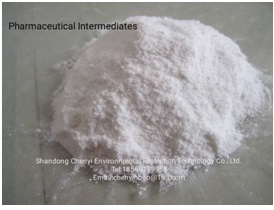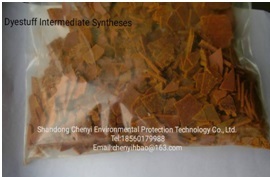Beet snake eye disease
Symptoms Beet snake disease is also called black foot disease. The main damage stem base, leaves, stems and roots. Symptoms appear shortly after germination of the stalk. Severe unearthed disease is dead; 3-4 days after emergence, the disease is apparent. The embryonic stems of the diseased plantlets are brown, especially when they are close to the ground, and the bases of the stems contract. inverted. The leaves were infected with a primary brown spot, which expanded to yellow-brown round spots and large spots. The small diameter was 2-3mm and the size was 1-2cm. There were concentric ring patterns and black spots on the spots, ie pathogenic conidia. . The infected roots rotted from the roots and caused the roots to become black. The surface was dry and mottled, with grayish black spots appearing irregularly.
Pathogen Phoma betae Frank called beet stem mildew, a fungus belonging to the subphylum Fungi. The sexual state is Pleospora betae called Bacillus coccidioides, belonging to Ascomycete spp. The conidia are spherical to oblate spheroidal, dark brown, buried under the epidermis and contain many conidia. Conidia emerge from the top hole after maturation. Conidiophore cells are colorless, round or oval, size 4-63-4 (μm). C. verrucosa can be produced both under natural conditions and on the medium. The chlamydospore is round, colorless and thick-walled. The temperature of pathogenic germination is about 27°C. Conidia formation and conidial germination temperature optimum 23-25 ​​°C, the highest 33-35 °C, the lowest 2-4 °C, suitable relative humidity 95% -100%, suitable pH 6.5-7. The bacteria can survive in the soil for 8 months. The germ on the seed can survive for 2 years under dry conditions. After treatment at 1°C for 2-12 hours, only spores germinated, and the spores did not germinate at 0°C for 2 hours, 1°C for 24 hours, and 38°C for 50 minutes.
Pathways and Pathogenic Conditions Pathogens are left in the soil with mycelia and conidia with the diseased body or with the mycelia and conidia attached to the seed, and invade the seedlings to form black feet in the following year. Under conditions of moisture, conidia are produced in the diseased part of the conidia. The conidia are transmitted by wind and rain or irrigation water for reinfection. Infested old leaves began to invade the roots and form black rot after harvest, causing onset or rotting pits during storage. During the harvest season, the parietal lobe is too low or the base of the petiole is cut off. The resulting wound is an important route for the invading bacteria. The emergence of blackleg in field seedlings at the optimum temperature of 19 °C, soil dry and easy to disease, in addition to improper fertilization, declining growth, soil alkalinity and other disease severity. Humidity is likely to occur in the adult phase of snake eyes. Storage pitting temperature is higher than 4 °C disease severity.
Control methods (1) Use disease-free seeds, disinfect the seeds when necessary, and soak in seeds in warm water at 52°C for 60 minutes to increase the seeding rate. (2) Use disease-free mother root. The seeds that are propagated by the roots have a high rate of bacteria, so the disease-free mother root must be used. (3) Strengthen cultivation management. Conditional borax 0.1-0.6kg per 667m2 can improve disease resistance. (4) Spray 30% copper oxychloride suspension 800 times or 30% basic copper sulfate suspension 400 times, 47% Garethon WP 800 times, and 12% Green Milk Emulsion 600 times. Liquid, 40% polysulfide suspension 500 times, 70% thiophanate-methyl wettable powder 1000 times, 75% chlorothalonil wettable powder 1000 times, spray liquid 50ml per 667m2, continuous control 2-3 times.
Intermediates in organic synthesis refer to molecules that have not yet been fully integrated into the desired molecules in organic chemical synthesis. They are only an intermediate state of the molecule. They may be either an ionic group or a relatively stable macromolecule with an external non-electric property. After being synthesized, it can become a stable compound. In short, Organic Intermediates are intermediates used in chemical synthesis, including alcohols, phenols, benzene, alkenes, ketones, amines, anhydrides and so on. Organic intermediates can be used as Pharmaceutical Intermediates, dye intermediates and Material Intermediates. Organic intermediates are mainly used in the development of organic synthetic chemical products, especially in medicine, pesticides, dyes, organic pigments, photosensitive materials and so on.


If you have any questions, please contact with us directly.Organic Intermediate are produced by HRT bearing With High Quality and Good Appearance. Welcome you can visit our Factory.For inqury, please send mail directly to us.
Organic Intermediate
Organic Intermediates,Linagliptin Intermediates,Pidotimod Intermediates,Donepezil Intermediate
Shandong Chenyi Environmental Protection Technology Co.,Ltd , https://www.chenyichemistry.com